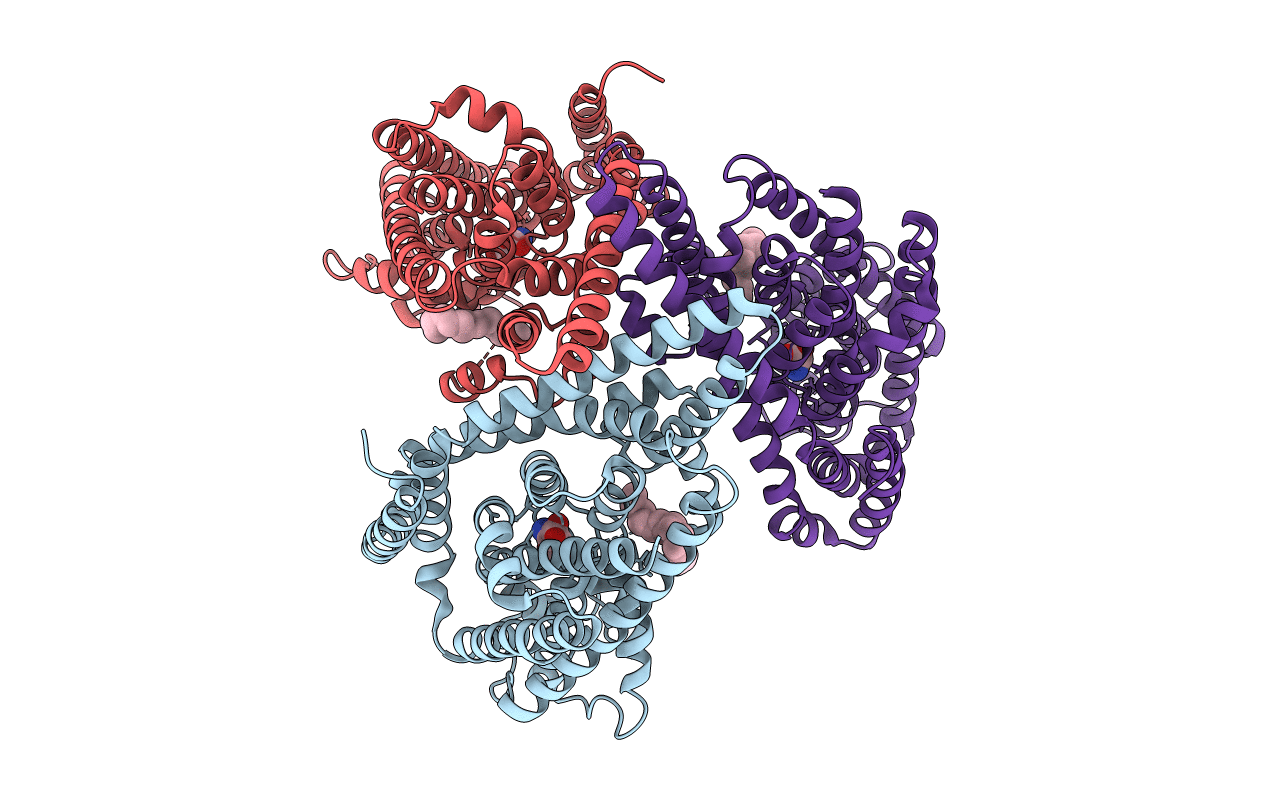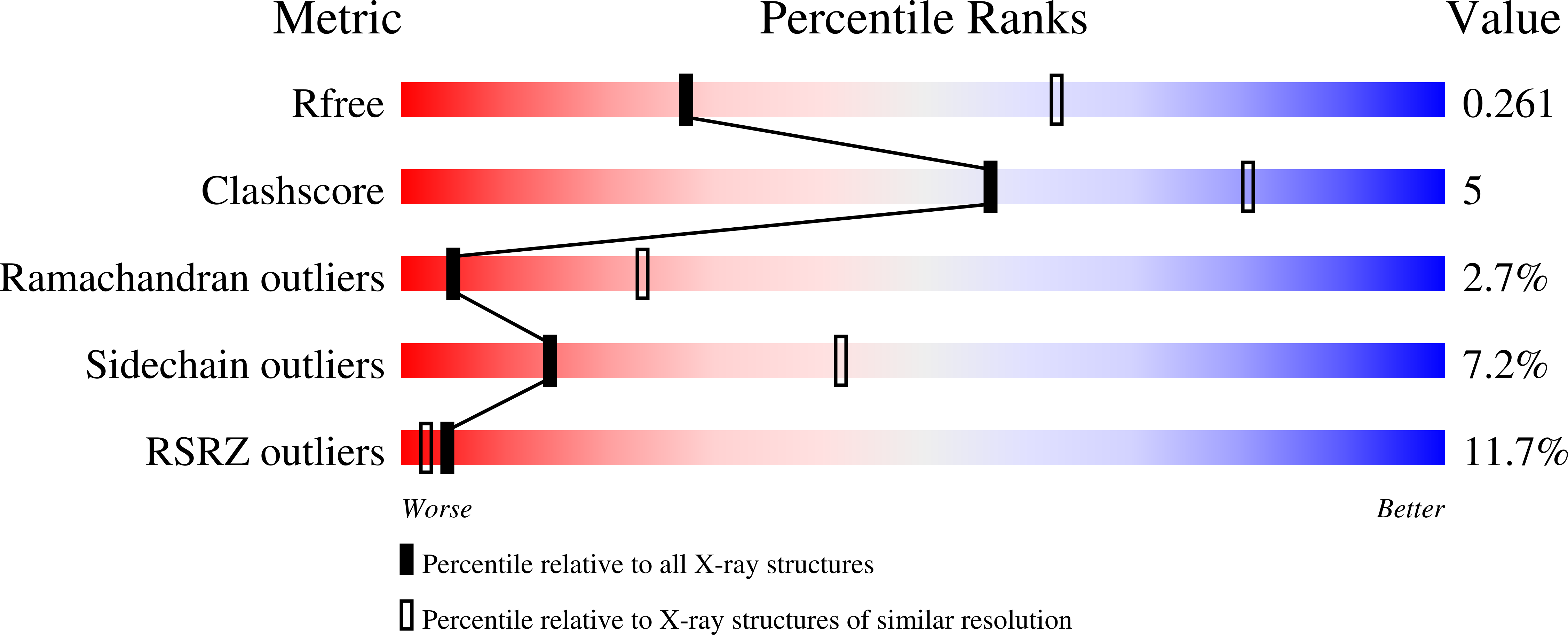
Deposition Date
2006-11-15
Release Date
2007-02-27
Last Version Date
2023-08-30
Entry Detail
Biological Source:
Source Organism:
Pyrococcus horikoshii (Taxon ID: 53953)
Host Organism:
Method Details:
Experimental Method:
Resolution:
2.96 Å
R-Value Free:
0.26
R-Value Work:
0.23
R-Value Observed:
0.23
Space Group:
P 61


